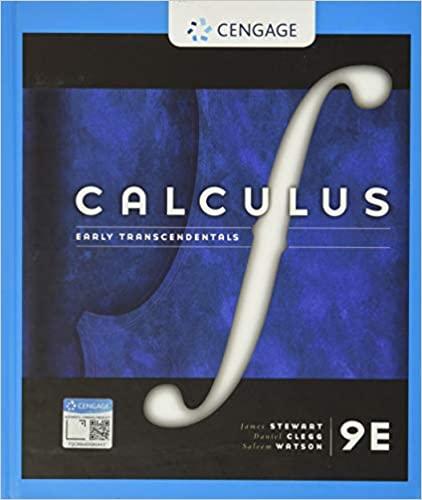Question
Suppose a fair coin is flipped 100 times, and A is an event where |(number of heads) - (number of tails) >= 10. Using the
Suppose a fair coin is flipped 100 times, and A is an event where |(number of heads) - (number of tails) >= 10.
Using the Gaussian approximation without the continuity correction, the approximate value of P(A) is a*Q(b). What is the value of a+b?
The event A is basically the event that:
A = (number of heads <= 60) AND (number of heads >= 40)
If I say X = the number of heads, I know that I can get its mean and variance by n*p and n*p*(1-p) respectively. So:
mean = n*p = 100 * 1/2 = 50
variance = n*p*(1-p) = 50*1/2 = 25
By Gaussian distribution, I had:
P(X <= 60) = P((X - 50)/5 <= (60-50)/5) = Phi(10/5) = Phi(2) = (1 - Q(2))
P(X >= 40) = P((X - 50)/5 >= (40-50)/5) = Q(-10/5) = Phi(2) = (1 - Q(2))
and P(A) = P(X <= 60) * P(X >= 40) = (Phi(2))^2 = 1 - 2Q(2) - (Q(2)^2)
I know the answer isn't 0 or 4... I'm stuck here, and maybe I made some mistake. Please help me by pointing out what I did wrong and giving me a step by step explanation.
Thank you.
Step by Step Solution
There are 3 Steps involved in it
Step: 1

Get Instant Access to Expert-Tailored Solutions
See step-by-step solutions with expert insights and AI powered tools for academic success
Step: 2

Step: 3

Ace Your Homework with AI
Get the answers you need in no time with our AI-driven, step-by-step assistance
Get Started


